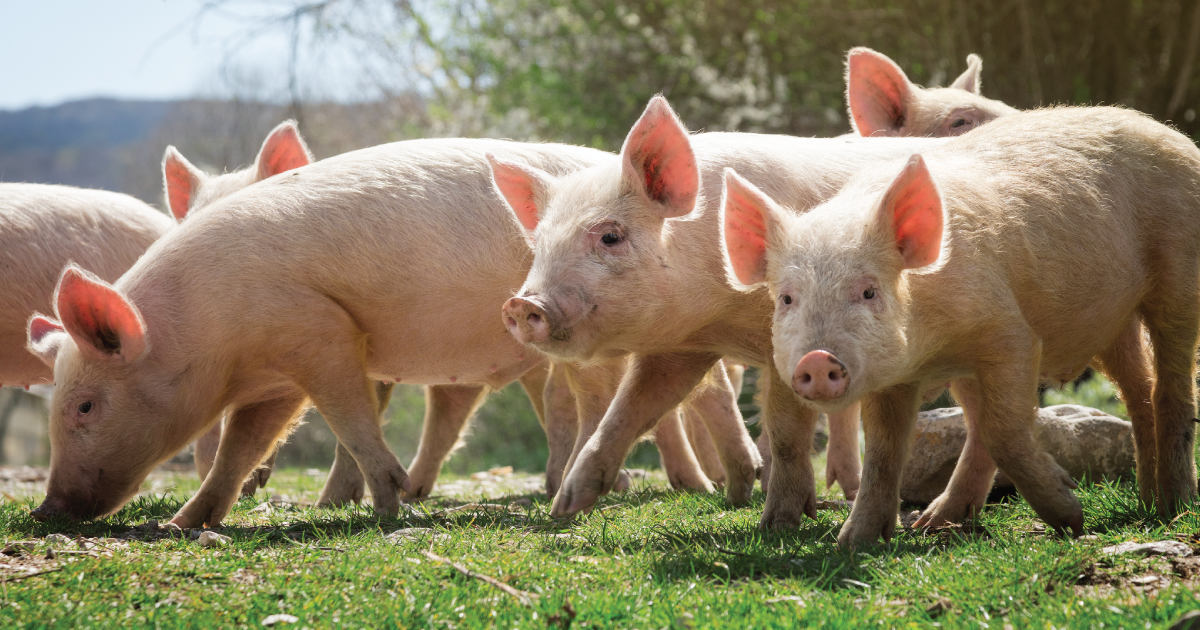
Could Pasture-Raised Pork Provide a Sustainable Future for Hog Farming?
This September, as Hurricane Florence bore down on the North Carolina coast, it spread a soup of stinking effluent from at least 110 lagoons on the state's enormous pig farms over homes and towns, and left more than 5,500 dead hogs in its wake. It's not the first time that such disaster has struck North Carolina.
December 24, 2018 | Source: Pacific Standard | by Brad Weiss
North Carolina has acutely felt the downside of a massive, environmentally damaging pork production industry, but a better model may be emerging.
This September, as Hurricane Florence bore down on the North Carolina coast, it spread a soup of stinking effluent from at least 110 lagoons on the state’s enormous pig farms over homes and towns, and left more than 5,500 dead hogs in its wake. It’s not the first time that such disaster has struck North Carolina. Hurricane Fran, which hit in early September of 1996, caused $7.2 billion in damages and killed 16,000 pigs. Hurricane Floyd, in September of 1999, came straight through the heart of the eastern part of the state, where industrial livestock production is concentrated. Countless lagoons holding animal waste were breached, severely contaminating surrounding rivers. A hundred thousand North Carolina hogs drowned in the weeks that followed.
